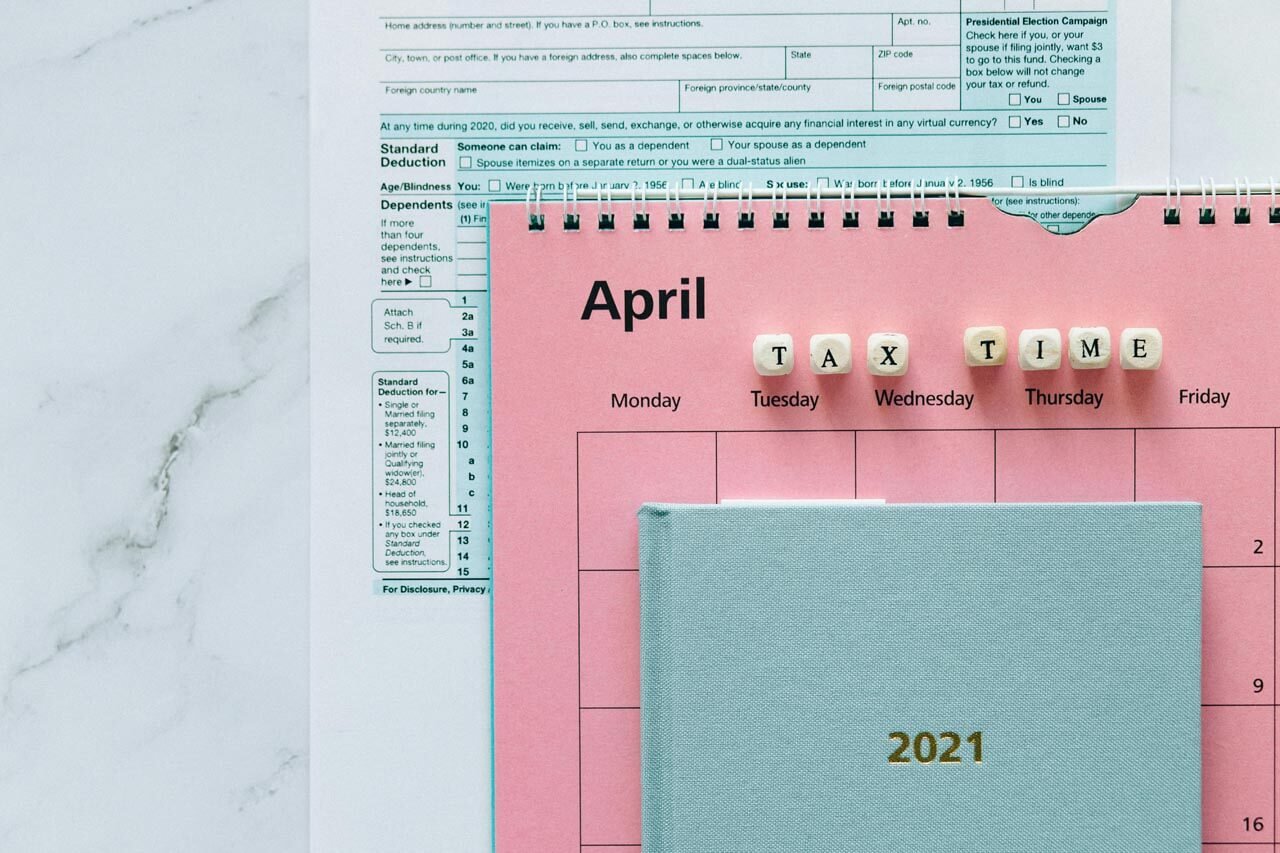“Laughter Unplugged: The Psychology Behind Pranks and Reactions”

Table of Contents
- Understanding Humor and Laughter
- What Is Humor?
- The Role of Cognitive Dissonance
- The Neuroscience of Laughter
- The Anatomy of a Prank
- Types of Pranks
- The Elements of Successful Pranks
- The Psychological Impact of Pranks
- Positive Effects
- Strengthening Relationships
- Stress Relief
- Negative Effects
- Alienation and Resentment
- Long-term Psychological Effects
- The Art of Reaction
- How People Respond to Pranks
- The Social Context of Reactions
- Prank Culture in Business
- Marketing and Pranks
- Ethical Considerations
- Conclusion
- Further Reading and Resources
Laughter is an intrinsic part of being human. It not only serves as a social glue but also acts as a psychological balm. Pranks, often seen as humorous mischief, have a unique psychological underpinning that can deepen relationships or, at times, fracture them. This article explores the intricate dynamics of pranks and reactions, delving into the psychology that governs these experiences.
Understanding Humor and Laughter
What Is Humor?
Humor is the ability to perceive, appreciate, or express something funny. It is subjective and varies significantly across cultures, age groups, and social contexts. According to a study conducted by the American Psychological Association, humor consists of cognitive, emotional, and social components, making it a multifaceted construct.
The Role of Cognitive Dissonance
Cognitive dissonance—when one’s beliefs and behaviors are in conflict—plays a crucial role in humor. Pranks often involve an element of surprise that can create cognitive dissonance for the target, leading to laughter as a coping mechanism.
The Neuroscience of Laughter
Laughter triggers the brain’s reward system, releasing chemicals such as dopamine and endorphins. This neurochemical response is essential for understanding why laughter feels good and why individuals often seek out humorous situations.
The Anatomy of a Prank
Types of Pranks
Pranks can be broadly categorized into benign and malevolent:
- Benign Pranks: These are light-hearted, intended for fun without malice. Examples include classic practical jokes like fake spiders or whoopee cushions.
- Malevolent Pranks: These pranks have a more harmful intention, aimed at embarrassing or hurting the target, and can lead to psychological repercussions.
The Elements of Successful Pranks
To be effective, a prank generally includes:
- Surprise: The unexpected nature of the prank is crucial.
- Timing: The best pranks are well-timed, often executed when the target is least expecting it.
- Relevance: The prank must align with the target’s personality and context to ensure it is received well.
The Psychological Impact of Pranks
Positive Effects
Strengthening Relationships
Humor and pranks can create shared experiences, strengthening bonds among individuals. When done appropriately, they can foster camaraderie and a sense of belonging. According to Psychology Today, laughter promotes feelings of intimacy and closeness.
Stress Relief
Laughter reduces cortisol levels, the hormone associated with stress. Engaging in humor, including pranks, can serve as a coping mechanism for stress relief.
Negative Effects
Alienation and Resentment
Not all pranks are well-received. What one person finds humorous, another might deem hurtful. The potential for embarrassment or humiliation can lead to resentment, especially if the prank is perceived as malevolent.
Long-term Psychological Effects
In some cases, consistent exposure to pranks can lead to anxiety or a decline in self-esteem. It’s vital for pranksters to gauge the emotional state of their targets and act sensitively.
The Art of Reaction
How People Respond to Pranks
Reactions to pranks are often just as telling as the pranks themselves. Common reactions include:
- Laughter: A reflexive response that indicates amusement or relief.
- Anger: A negative response signaling hurt or betrayal.
- Shock: Surprise can lead to a momentary paralysis, often followed by laughter.
The Social Context of Reactions
Reactions are highly context-dependent. Factors such as the relationship between the prankster and the target, the setting, and the nature of the prank can all influence how a person responds. Social norms also play a role; cultural differences can dictate what is acceptable humor.
Prank Culture in Business
Marketing and Pranks
Businesses have increasingly turned to humor as a marketing tool. Engaging pranks can capture audience attention and foster brand loyalty. Companies like Dove and BuzzFeed have executed successful pranks to create relatable content and enhance consumer engagement.
Ethical Considerations
While humor can be an effective marketing strategy, ethical boundaries must be respected. Pranks in a professional setting risk damaging reputations and relationships. Businesses must tread carefully to avoid crossing the line into malevolence.
Conclusion
Pranks can be powerful tools for humor, connection, and stress relief, depending on execution and context. Understanding the psychology behind laughter and reactions can enrich interpersonal relationships and enhance communication strategies.
Further Reading and Resources
- For more insights on humor and its implications in marketing, visit Psychology Today.
- Explore our article on Effective Communication in Business for ways to foster relationships through humor.
By navigating the complex terrain of pranks with an understanding of human psychology, you can harness laughter in a way that uplifts, rather than alienates.
This article is designed to provide a comprehensive understanding of the psychological dynamics of pranks and reactions, catering to both curious readers and professionals looking to incorporate humor responsibly into their interpersonal interactions and marketing strategies.
Latest Posts
You Might Also Like

Lorem ipsum dolor sit amet, consectetur adipiscing elit. Ut elit tellus, luctus nec ullamcorper mattis, pulvinar dapibus leo.
TOP NEWS
Copyright © 2025 FunnyShowStreaming.site | All rights reserved.



















Comments are off for this post.